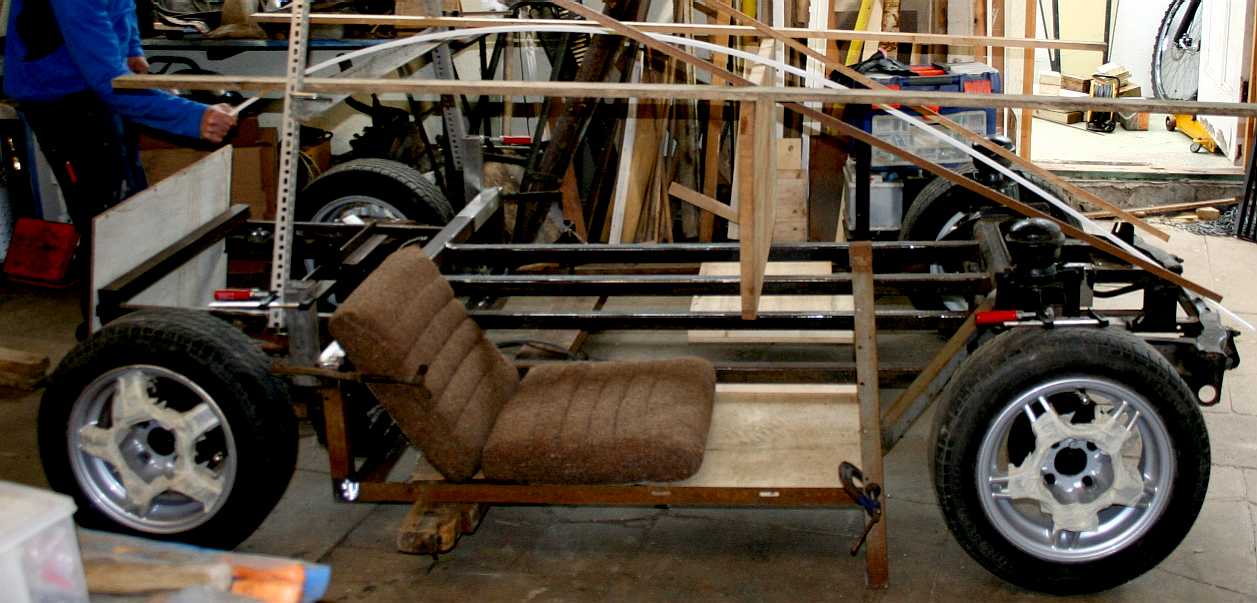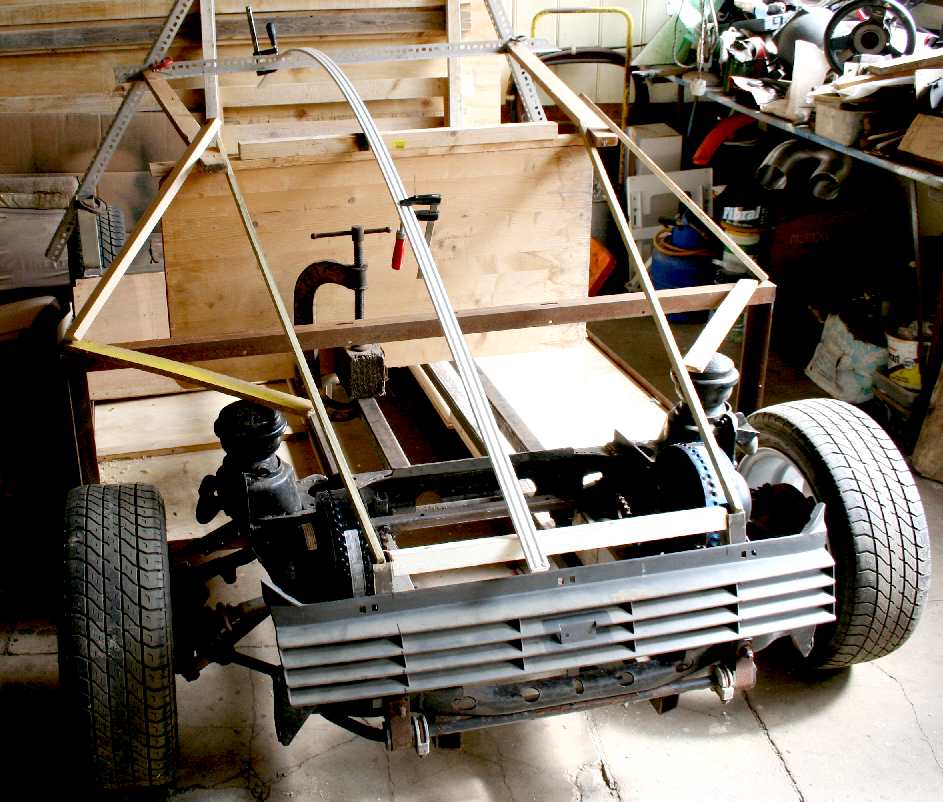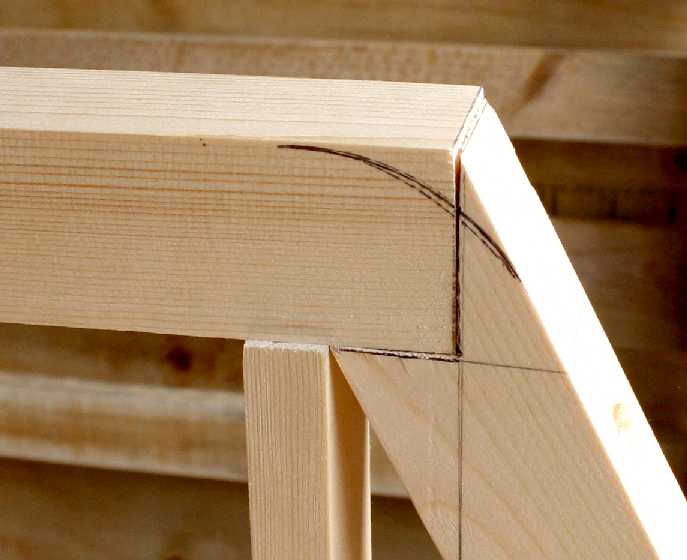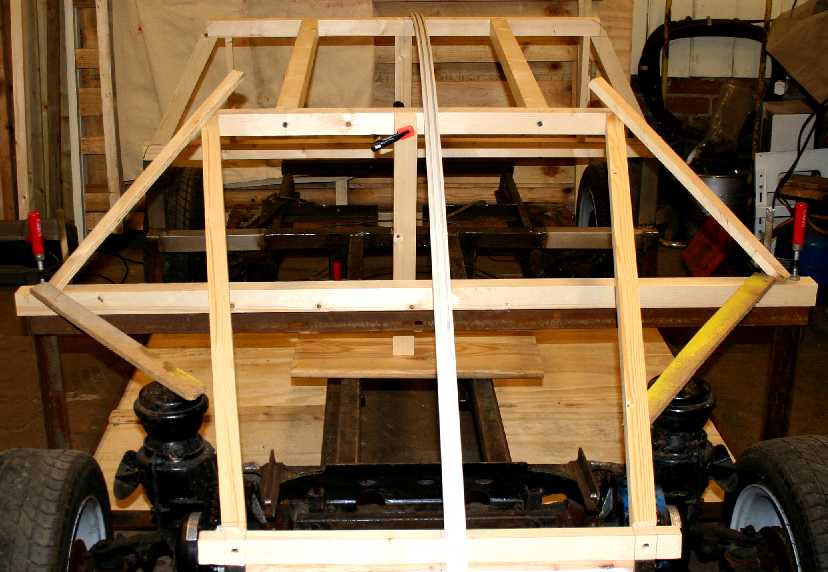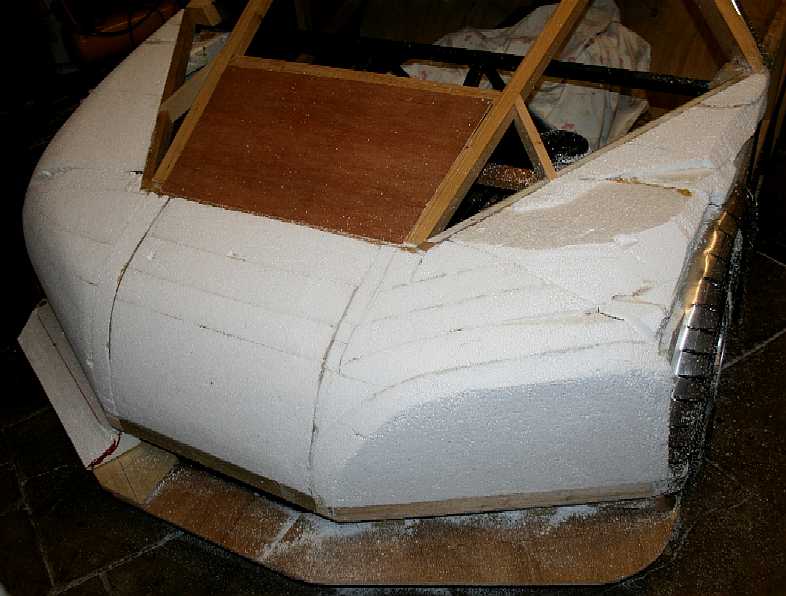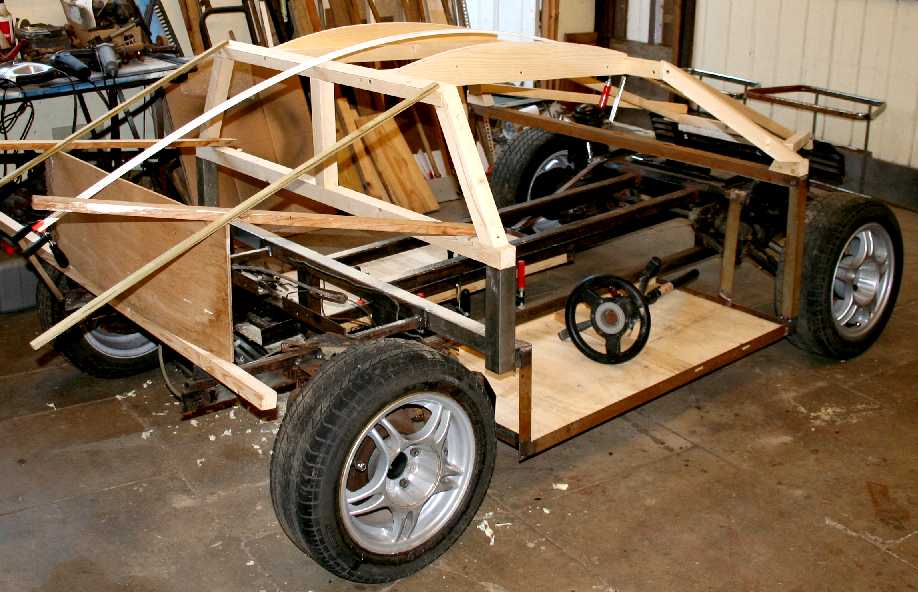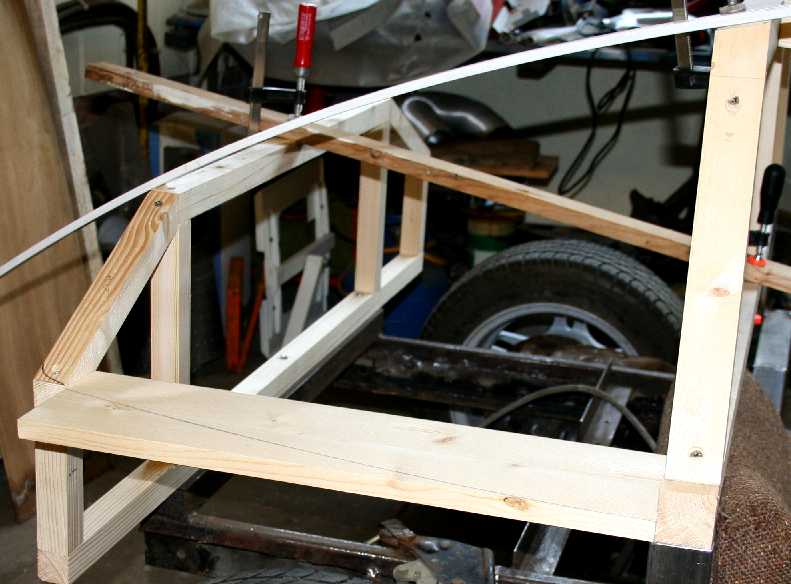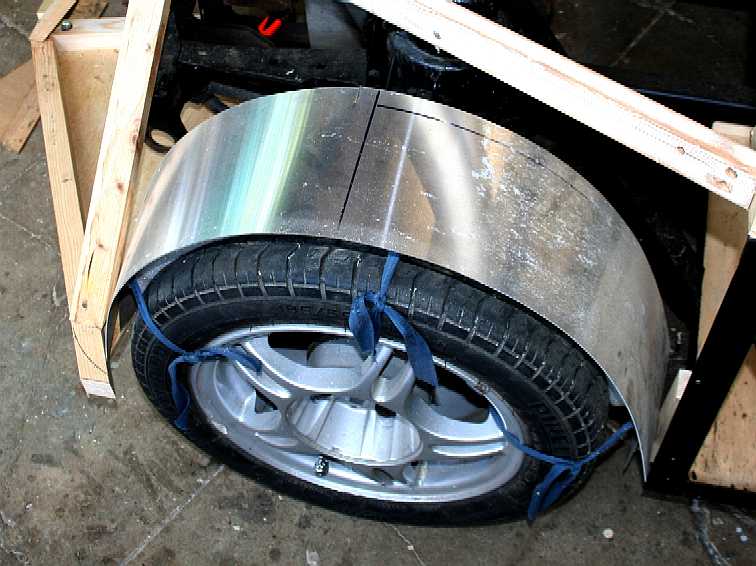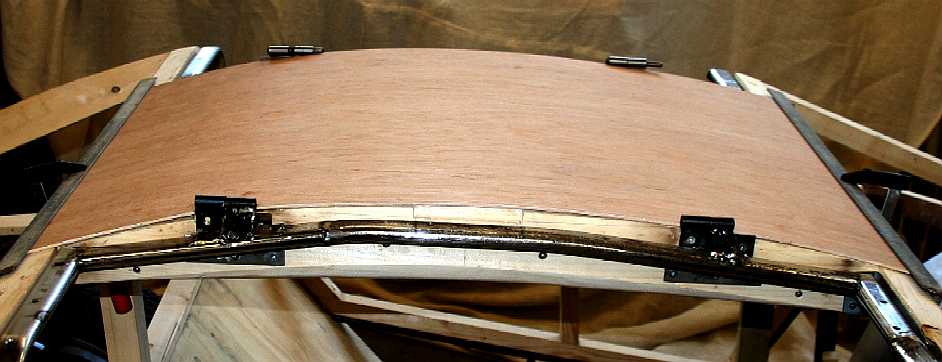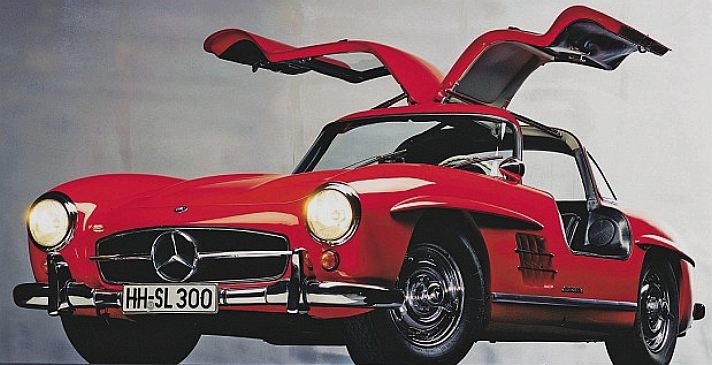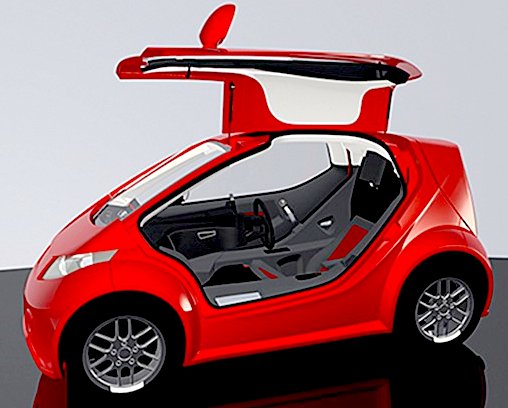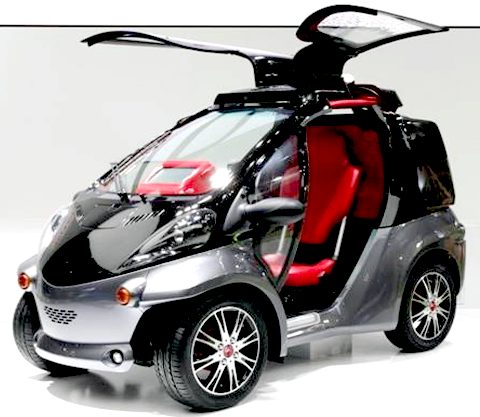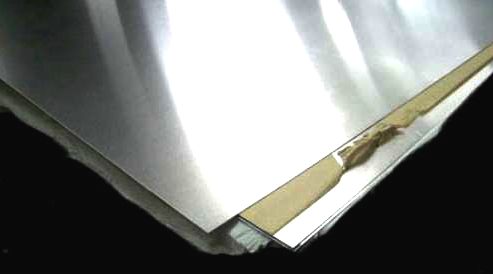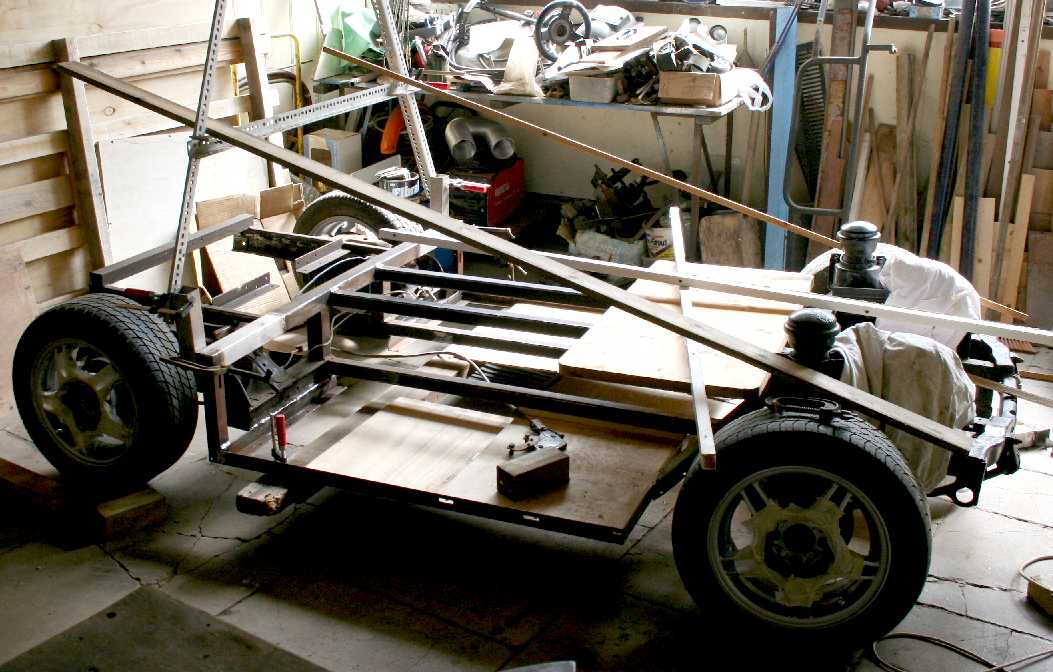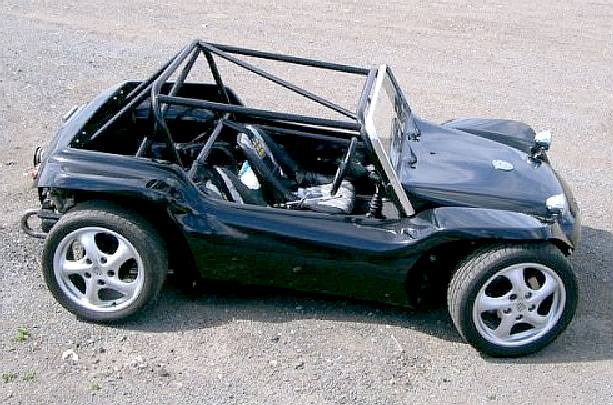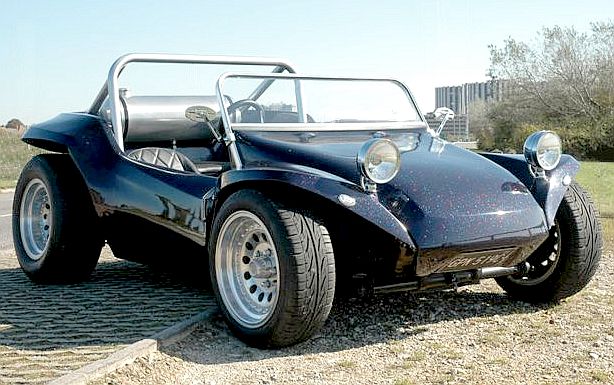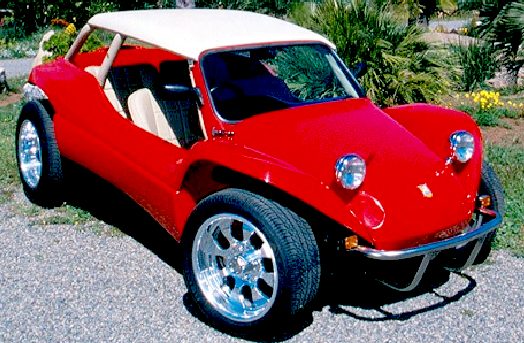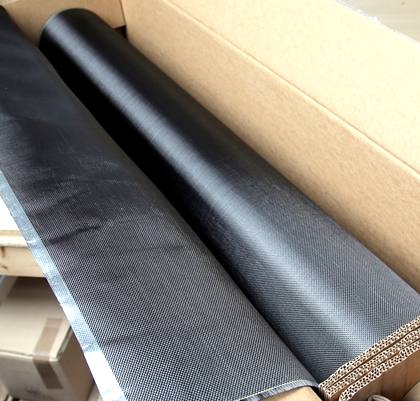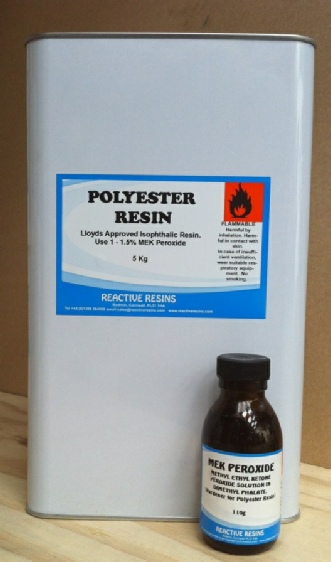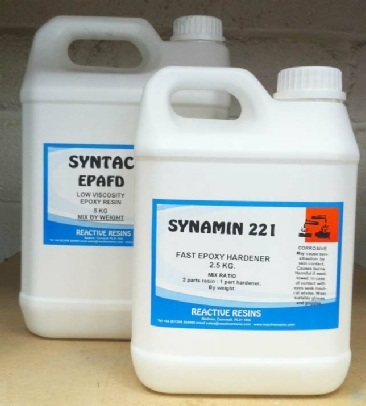|
ECOSTAR DC50 (BE4) - COACHWORK
|
||||||||||||||||||||||||||||||||||||||||||||||||||||||||||||||||||||||||||||||||||||||||
|
DIY coachwork is a no-go area for most car builders. They know what the challenges are and will often use bodies from existing designs rather than go to all the trouble of designing and building a one-off. But then they miss out on all the experience of creating an original - and steering that creation to something unique.
The Ecostar team do not think that they have a choice. There is nothing available off the shelf that is suitably short and streamlined even though a beach-buggy (dune bug) or mini-moke are close. The question is do they go for the (Jeep) style Mini-Moke or even the Beach-Buggy look. Or do they streamline the vehicle to obtain more miles per charge? it should be a lot of fun trying out the options.
From this early visual exercise we know that the roof can be formed from one sheet of aluminium - and that the profile is not that far from the curve described in the pictures on the lead page. The objective of the profile is to reduce air resistance. In a short car such as this, there will be no long streamlined tail. Instead, the tail will be truncated, ending in as small an exit cross-section as possible - commensurate with practicality.
A very useful way of making sure things will fit, it to make scale figures - and to fit them into/onto a scale drawing of the vehicle. Nothing could be much cheaper than the above, made from used Xmas cards by the look of it. You'll have to measure yourself, or somebody else the right size (an average size) and make allowances for exceptionally tall or short people. You'd have to take these measurements if designing a humanoid robot.
Okay - add a grille and some side screens and the mock-up begins to look like a car. The main thing here is to ensure that all the hard points fit inside of the proposed body shape. Having sorted out seating and clearance for the driver's head, the suspension is next to consider, followed by the drive train. With all the early head scratching completed, it's time to visit the timber merchants and get the wood saw out.
The ability to work with wood was an essential ingredient for all coachbuilders before the advent of computers and giant presses for stamping steel sheet. Cars were lovingly hand crafted. A wooden frame was produced that is commonly called a 'buck.' Keep a sharp pencil on the go because the thickness of the line is the limit of accuracy. Ink is used to mark out areas to be shaped with limits. A wooden buck is used to shape and form car parts in steel and aluminium. The same buck can be used to create carbon fiber parts.
The transformation from a mock-up of oddments begins to show the shape of the car to come. This was the stage at the Easter Bank Holiday of 2014. If the car had a longer nose and tail it might look like a conventional sports car. This is because of the wide body and low roof height. Despite the temptations, we are staying true to the city sports car concept.
Perfect for a gull-wing door. You betcha life. The flow of the roofline is also spot on. Now all the carpenters need to do is interpret that styling as faithfully as possible. They will be using a variety of wood planes, traditional and rotary powered, wood chisels of course and plenty of coarse sanding paper. The missing tail (boot space) will flow more steeply than that indicated above and stiffen the whole body.
Car design is all about making flat surfaces more appealing, while remaining functional aerodynamically. In this design exercise getting in and out of the car will require agility, even with gull wing doors. In the picture above (left) the roof formers have been fitted roughly 270mm off centre. The sides of the roof will provide hinge mounting points for the gull wing doors - similar to the AMG Mercedes pictured below. The doors will need to be very thin, as with all three modern cars pictured below as examples. Look how the car changes appearance with a nose and wings added to the basic frame (right). It looks like a completely different car.
The whole process is repeated at the rear end. The challenge is to provide some sort of boot space for the Cannonball Runs that this car will compete in - but still keeping to our teardrop profile. In between competition work the vehicle will be used on a daily basis, during which it will be fitted with a generator to allow the users to drive on batteries or petrol - thus becoming a dual-fuel hybrid. To make this possible there has to be sufficient space at the rear.
A timber frame is produced at the size consistent with the teardrop airflow. The rear wheel arches will protrude from the tail quarter which gently slopes into the tail end. Softwood is marked to reflect this profile for cutting with a jigsaw. This is more or less how coaches were built before motorized vehicles. Hence the term: coachwork.
Here we see the beginnings of the wheel arch, which is formed in aluminium with a suitable spacer (and spacing) over the road wheel. The ally will be cut and shaped to form a flared arch that will blend into a carbon fibre nose and wing. When setting this up, be sure to allow sufficient clearance for the suspension travel on full bump stop, plus a little extra to be on the safe side.
With the gull wing doors nearing completion, the roof panel is cut and test fitted. This panel will be covered in solar cells to form a bespoke panel - as with other panels on the car, such as the boot and bonnet.
Another view of the roof from where you can appreciate the beautiful lines that will allow the car to cleave the air with ease. Oh baby! August 14 2014
And here is the tail panel, completely bereft of any features that might spark interest. At the moment it looks like the rear of a Lamborghini Countach, but not for long. Although, there is not much wrong with the Lambo tail. We are contemplating solar panel louvers for the lift up boot section - instead of a solid panel, in the hope of generating some rearward vision between the slats, while not losing the area for solar cells. The timber spoiler shown here will be made of alloy and composites. Two side spoilers (not shown) are in the pipeline to complete the ensemble.
GULL WING DOORS
The team is leaning toward 'gull-wing' doors at the moment, despite the complications. The feature is so alluring, it is hard to find something that tops it and also provides the wide open exit that such a low sports car will need. See the pictures below of the classic German Mercedes and modern Japanese EVs.
The original and still a stunning work or art: the Mercedes 300 SL 1956 and a modern AMG design - both of which are mouth watering designs.
Colibri and Toyota single seat electric concept cars, both with gull-wing doors. The object of gull-wing doors is to allow easier entry and exit for a driver. This can be very useful in low slung vehicles, where otherwise a driver would have to come out sideways very awkwardly to avoid hitting his head on the roof. By making the roof part of the door, that problem is overcome.
ECOSTAR DC50 EV COACHWORK FEATURES
Aluminium raw materials 6063T6 and 5251 H22 grades are available from Aluminium Warehouse, which company offers a friendly, efficient carrier delivery service within the United Kingdom. BMS have been using this company since 2013.
TIMBER SUPPLIES
Timber for this project came from a number of suppliers to include: Wenban-Smith in Lewes, Travis Perkins and Wickes in Eastbourne.
Treated timbers were not used, but structural plywood, etc, will be preserved with a PTI based formula such as that shown below.
BEACH (DUNE) BUGGY
The chassis design lends itself to many applications, including the legendary beach buggy format. A dune buggy is a recreational vehicle with large wheels, and wide tires, designed for use on sand dunes, beaches, or desert recreation. It is called a "Beach Buggy" in the United Kingdom, Ireland and many other English speaking countries. The design is usually a modified vehicle and engine mounted on an open chassis. The modifications usually attempt to increase the power-to-weight ratio by either lightening the vehicle or increasing engine power or both.
Dune buggies are typically made in one of three ways. The first involves alteration of an existing vehicle, often a Volkswagen Beetle or a conversion to a purpose-built chassis. The name derives from "Bug," another reference to the Volkswagen Beetle, hence the term "buggy". The VW Beetle automobile platform is preferred for a variety of reasons. Most significant is the position of the rear mounted air cooled engine, which with removal of bodywork transfers a high proportion of the weight to the rear driven wheels for extra traction. Air cooling simplifies engine modification, and the absence of a radiator eliminates a source of failure. The robustness of the front suspension, and the sizable quantity of spare parts from other VW Beetles and Type 2 (Microbus) are a further advantage. Chevrolet Corvair engines are also a popular way to upgrade to 6 cylinders and sometimes vehicles are fitted with turbochargers to provide as much as 180 horsepower (130 kW).
The Ecostar coachbuilders could not help noticing that with a roll-bar and sloping forward attitude, that this chassis would be ideal for use as an eco beach buggy. With this in mind the customizing team will include points for mounting a flat screen and composite roll-top body as per the pictures below. This could be an eco custom dream come true.
Think of a kit car and the beach buggy is probably the first car which springs to mind. Over the years there have been hundreds of different variants, mostly using the floorpan, engine and running gear from an original VW Beetle. In theory the conversion seems the simplest; undo and all bolts holding the body to chassis, remove body and then fit a new fibreglass shell to rolling floorpan. In practice it takes a whole lot more work and patience.
Billed as the world's fastest beach-buggy, this concept racer bears no relationship to the original Volkswagen running gear, since it uses advanced composites. It does though capture the look - nice!
One
of the stars of the Frankfurt Motor Show in 2011 was this vivid orange VW
'Buggy Up' concept. The buggy up! is clearly inspired by the Californian beach buggies of the 1960s. These buggies, pioneered by the American Bruce Meyers and others had a chassis and engine borrowed from the
faithful Volkswagen Beetle and a glassfibre
body to replace the steel bodies. The Buggy Up!
is made from lightweight steel. It keeps its city-slicker sibling Upís reinforced underbody, running gear and drive technology, while the roof-less and door-less exterior is completely redesigned. The ride height is lowered by 20 mm.
ECOSTAR DC50 LINKS A-Z INDEX
Carbon fibre cloth 225g plain weave. Ideal for bodywork layup on the Ecostar, with reinforcing tape on the window and roll over bar frames (A and B pillars). Carbon fibre is used with epoxy resin, while the polyester resin is typicaly used with woven and chopped glass matt.
EXTERNAL LINKS
http://www.resinstore.com/Polyester-resin.html http://www.epoxy-resins.co.uk/Shop/resin.html http://www.ecfibreglasssupplies.co.uk/ http://www.pecepoxy.co.uk/shop/epoxy/ http://en.wikipedia.org/wiki/Dune_buggy http://www.ebay.co.uk/bhp/beach-buggy http://www.beachbuggies.co.uk/ http://dougsdistractions.blogspot.co.uk/2010/07/worlds-fastest-beach-buggy.html http://cars.uk.msn.com/features/the-10-greatest-ever-kit-cars?page=7 http://automiddleeast.com/2011-frankfurt-motor-show/californication-vol-2-vw-buggy-up http://www.smartplanet.com/blog/bulletin/toyotas-smart-insect-car-adapts-learns-and-says-hello/ http://www.plugincars.com/one-seat-12000-ev-commuter-car-europe-129009.html http://www.horizonhydrogeneenergie.com/ http://horizon2020projects.com/sc-transport-interviews/storing-energy-in-horizon-2020/ http://horizon2020projects.com/sc-transport-interviews/powering-the-future/ http://ec.europa.eu/programmes/horizon2020/en/ http://ec.europa.eu/transport/themes/research/horizon2020_en.htm worlds-fastest-beach-buggy.html http://www.agnimotors.com/site/ Toyotas-smart-insect-car-adapts-learns-and-says-hello One-seat-12000-ev-commuter-car-europe
+44 (0) 1323 831727 +44 (0) 7842 607865
Ask for Leslie Intelligent Battery Support System THE BLUE BIRDS OF HAPPINESS
|
||||||||||||||||||||||||||||||||||||||||||||||||||||||||||||||||||||||||||||||||||||||||
|
This
website is Copyright © 2014 Bluebird Marine Systems Limited.
The names Bluebird,
Blueplanet Ecostar BE3ô, Utopia Tristarô
and the blue bird in flight
|
||||||||||||||||||||||||||||||||||||||||||||||||||||||||||||||||||||||||||||||||||||||||

